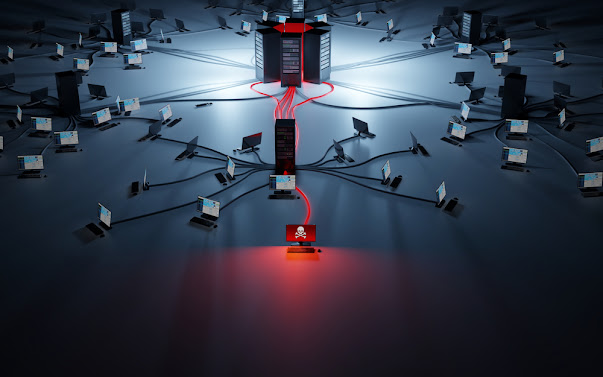Lateral Movement
Lateral movement is a technique used by cyber attackers to move laterally within a network, after gaining initial access. This technique allows attackers to traverse through the network and gain access to sensitive data, systems, and resources. Lateral movement is a critical component of a successful cyber attack, and it is becoming increasingly popular among attackers.
Lateral movement is possible due to the interconnected nature of modern networks. Once an attacker gains access to a single device or system, they can use that access to pivot to other systems within the network. Attackers often use tools like remote desktop protocol (RDP), PowerShell, and command-line tools to move laterally. They may also exploit vulnerabilities in software or operating systems to escalate their privileges and gain greater access to the network.
Lateral movement can take various forms, depending on the attacker's objectives and the network's topology. Some common techniques include:
Pass-the-Hash: This technique involves stealing password hashes from a compromised system and using them to authenticate on other systems within the network. This allows the attacker to move laterally without needing to know the actual passwords.
Remote Execution: Attackers can use remote execution tools to run commands or scripts on other systems within the network. This technique allows attackers to execute commands with elevated privileges and gain access to sensitive data and systems.
Service Account Compromise: Attackers may compromise service accounts, which are non-personal accounts used by services and applications to interact with other systems within the network. Once compromised, attackers can use these accounts to move laterally and gain access to other systems.
Exploiting Vulnerabilities: Attackers may exploit vulnerabilities in software or operating systems to gain elevated privileges or access to other systems within the network. This technique can be very effective if the network is not well-maintained or has outdated software.
Defending against lateral movement requires a multi-layered approach. Some effective measures include:
Network Segmentation: By segmenting the network into smaller, isolated subnets, lateral movement can be contained, limiting the attacker's ability to move laterally.
Least Privilege: Ensuring that users and systems only have access to the resources they need can limit the impact of lateral movement if an attacker gains access to a single system.
User and Entity Behavior Analytics (UEBA): UEBA solutions can detect anomalous behavior, such as unusual lateral movement, and alert security teams to potential threats.
Patch Management: Keeping software and operating systems up-to-date can reduce the likelihood of successful lateral movement via vulnerability exploitation.
In conclusion, lateral movement is a critical technique used by cyber attackers to gain access to sensitive data and systems within a network. Defending against lateral movement requires a multi-layered approach that includes network segmentation, least privilege, UEBA, and patch management. By implementing these measures, organizations can reduce the risk of successful lateral movement and protect their valuable assets.

Comments
Post a Comment